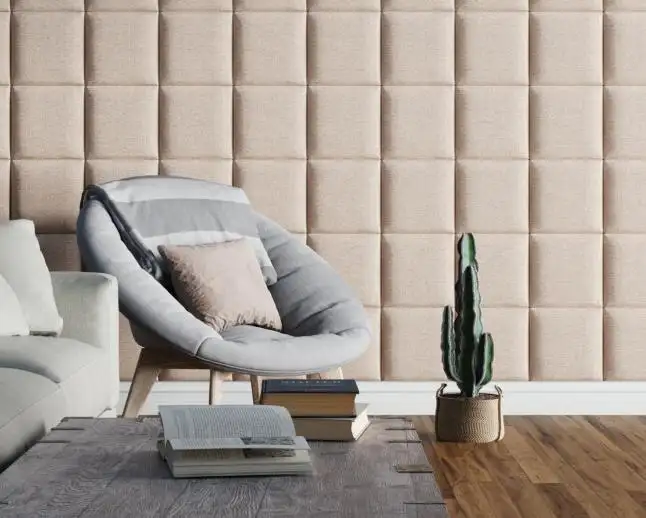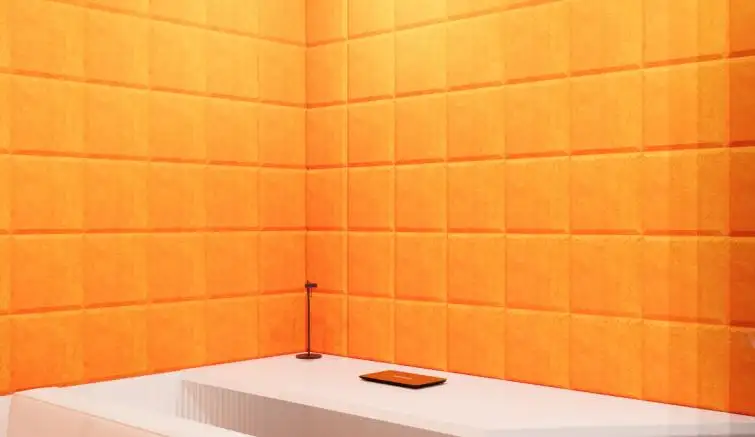Waterproof Foam Wall Boards vs Tiles: What's Better?
Waterproof Foam Wall Boards are changing how wet rooms get built and renovated. From Hengsu's factory floor to job sites, we hear the same request: a clean finish, fast installation, and walls that stay dry without constant upkeep. Tiles are trusted, but grout lines, long labor windows, and moisture creep often raise the real cost after handover. Below is a practical comparison, written from a manufacturer's point of view, so you can make a confident choice for bathrooms, kitchens, and other wet areas.

1) What Owners Really Pay For Over Time
Tiles look premium on day one, yet maintenance builds up. Grout requires sealing. Movement in the structure can open hairline cracks. Steam and splash water find joints, and mold follows. Busy homes and facilities do not have the patience for repeat downtime. The silent cost is time: scheduling a tiler, waiting for curing, and closing rooms during repairs.
By contrast, Waterproof Foam Wall Boards arrive as large, rigid panels with sealed seams and a non-porous surface. The panel format reduces joints, the most common failure point in tiled rooms. Our experience at Hengsu shows that fewer joints mean fewer callbacks, simpler cleaning, and a calmer space.
✅ Typical tile pain points
• Grout discoloration and resealing cycles
• Interruption during regrouting or tile replacement
• Cold, echo-prone surfaces
• Heavy finishes stressing older substrates
✅ Why many switch to boards
• Minimal joints and sealed edges slow moisture ingress
• Lightweight panels shorten install time and reduce dust
• Smooth, non-porous skins clean with mild detergents
• Built-in insulation adds comfort and energy savings
- Hygiene And Comfort Matter More Than You Think
Hard tile is durable, but grout becomes a hygiene liability. It holds soap scum and microbes, especially in family bathrooms or commercial restrooms with high turnover. Waterproof Foam Wall Boards create a continuous, low-porosity face that wipes clean. In rentals, hospitality, and healthcare, that difference shows up in fewer labor hours and more consistent presentation.
2) The Head-To-Head: Performance Where It Counts
- Installation Speed And Site Risk
Tiling follows many steps: substrate prep, layout, setting, curing, and grouting. One delay can stall the whole schedule. Panels compress the process. Waterproof Foam Wall Boards cut with standard tools and fix to studs or prepared substrates using compatible adhesives and mechanical fasteners. Seams are sealed; trims close the edges; the room returns to service quickly. The knock-on effects - fewer trades to coordinate and less moisture trapped during long cures - lower risk.
✅ Speed signals we see in the field
• One panel covers what many tiles would, per hour
• Shorter cure time for sealants vs. full tile/grout system
• Easier logistics on upper floors and tight sites
• Thermal And Acoustic Comfort
Tile feels cold because it conducts heat away from the body. Foam cores resist heat transfer, so walls finished with boards feel warmer and cost less to keep comfortable. The same core helps with noise. Acoustic variants of Waterproof Foam Wall Boards soften echoes and reduce transmission - useful in apartments, hotels, and offices. You gain warmth and quiet without extra layers.
Tiles resist abrasion well, but impacts on corners and edges can chip the glaze. Grout is the weak link again. Hengsu's boards pair a tough outer skin with a rigid foam core that handles everyday knocks and resists staining from soaps and shampoos. For heavy-duty scrub regimes, choose finishes rated for frequent cleaning. For decorative feature walls or extreme abrasion zones, tile still has a place; many clients blend systems - board in shower zones, tile accents for style.

3) How Hengsu Guides Selection (And Delivers Confidence)
Hengsu produces several classes of Waterproof Foam Wall Boards to match real-world needs. Choosing is simple when you focus on the environment, the cleaning routine, and the performance target.
✅ Board Families We Manufacture
- Standard Panels: Smooth, rigid foam boards that create a modern, seamless look at an accessible price point.
- Insulated Panels: High-density cores that cut heat loss and help stabilize bathroom temperatures in colder regions.
- Sound-Dampening Panels: Added acoustic layers for bedrooms, home offices, hospitality corridors, and shared walls.
- Moisture-Resistant Panels: Enhanced resistance for showers, commercial kitchens, spas, and basements with persistent humidity.
- Low-VOC / Eco-Conscious Options: Materials chosen to support indoor air quality and sustainable building goals.
Residential customers often select boards for showers, tub surrounds, and backsplashes - anywhere grout once failed. In hospitality and retail, the driver is speed and uniformity across multiple rooms. Industrial and storage spaces benefit from insulation and easy wash-down surfaces. Property managers appreciate the fast turnover between tenants: panels mean fewer days offline and less emergency maintenance.
✅ A Straightforward Buying Checklist
Use these questions to lock in the right specification:
- Moisture Load: Daily splash or full shower enclosure? Pick moisture-resistant boards with approved seam seal kits.
- Thermal Goal: Cold exterior wall? Insulated cores reduce heat transfer and improve comfort.
- Noise Goal: If noise control is a priority, select sound-dampening variants.
- Substrate Condition: Uneven or fragile surfaces benefit from lightweight panels that bridge minor imperfections.
- Cleaning Protocol: For facilities with strict hygiene, choose smooth skins that tolerate frequent, mild cleaning agents.
- Design Intent: Matte or satin finishes pair well with contemporary fixtures and minimal trims.
- Tiles Still Win Here
Intricate mosaics, heritage restoration, or extreme abrasion from equipment can favor tile. We are direct about that. Many projects use both materials to balance design and lifecycle cost.
Final Take And Call-To-Action
If your priority is speed, hygiene, and predictable upkeep, Waterproof Foam Wall Boards deliver a lower total cost of ownership than traditional tile in most wet-area walls. They install faster, seal better at joints, clean easier, and add comfort through insulation and optional acoustic layers. Tiles remain a strong choice for decorative statements and severe abrasion, but they need attention at the grout lines and more time on the schedule.
Planning a bathroom, kitchen, or facility refresh? Ask Hengsu for a quick specification review. Share your room sizes, moisture zones, and cleaning standards, and we'll propose the right board family, trims, and sealants - plus install guidelines your crew can follow. Let's build wet spaces that look great on day one and stay that way without constant maintenance.








